-
hello 2025!
supertalk is free to browse as a guest. You need to be a member to participate in discussions or buy and sell on the classifieds.
Classifieds listings are now free for members.
supertalk is now upgraded to //// supertalk 8 ////
______________________________________
Current new membership is $US 12 ONE TIME FEE. NO RENEWAL FEE.
______________________________________
You can also become a premium superseller or supermember. Businesses who want to promote their brand and products need to become a supersponsor. superfuture® is privately owned and has been online continuously for 26 years. supertalk has been online for 21 years and is a digital cockroach that will survive all current and future apocalypses.
-
Similar Content
-
- 36 replies
- 7164 views
-
- 16 replies
- 4714 views
-
Hand-Dyed Natural Garments Collaboration | Lichen Goods x Tempo Design Store
By headoffice,
- slowfashion
- handmade
- (and 6 more)
- 0 replies
- 2363 views
-
- 0 replies
- 3075 views
-
- 0 comments
-
-
Top 10 Active Viewed Topics
-
- 24431 replies
- 6943160 views
-
- 26784 replies
- 6452408 views
-
- 24770 replies
- 4789650 views
-
- 23120 replies
- 3903422 views
-
- 14067 replies
- 3748307 views
-
- 10651 replies
- 3304527 views
-
- 21293 replies
- 3136331 views
-
- 13320 replies
- 2971215 views
-
- 11653 replies
- 2729379 views
-
- 8534 replies
- 2648554 views
-


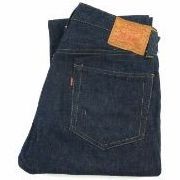
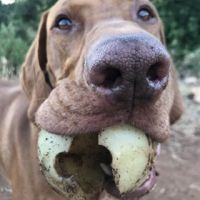
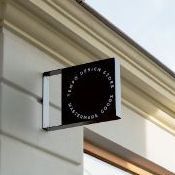
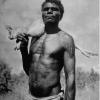
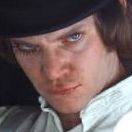

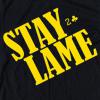
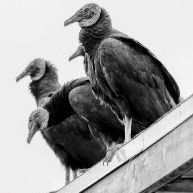


Recommended Posts
Join the conversation
You can post now and register later. If you have an account, sign in now to post with your account.